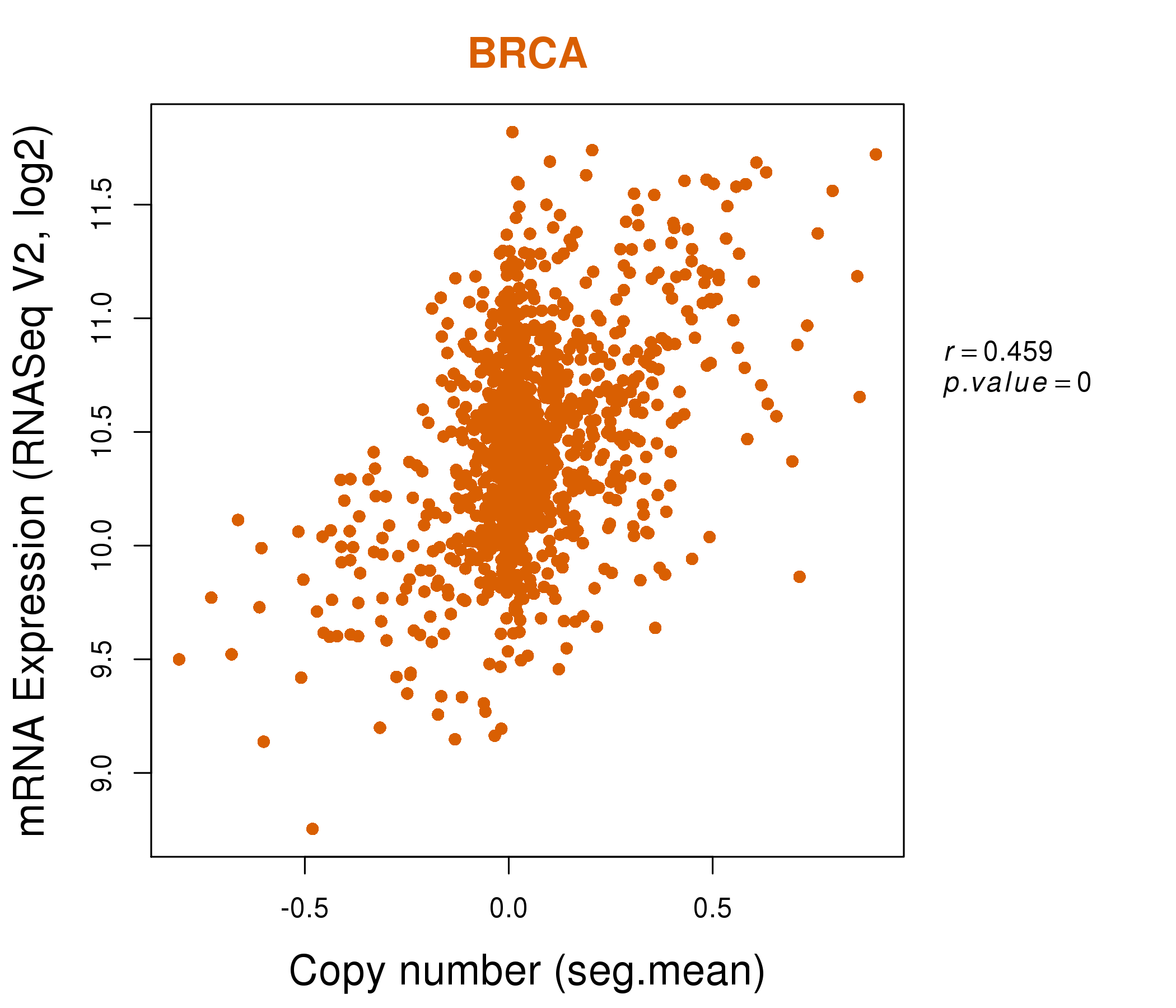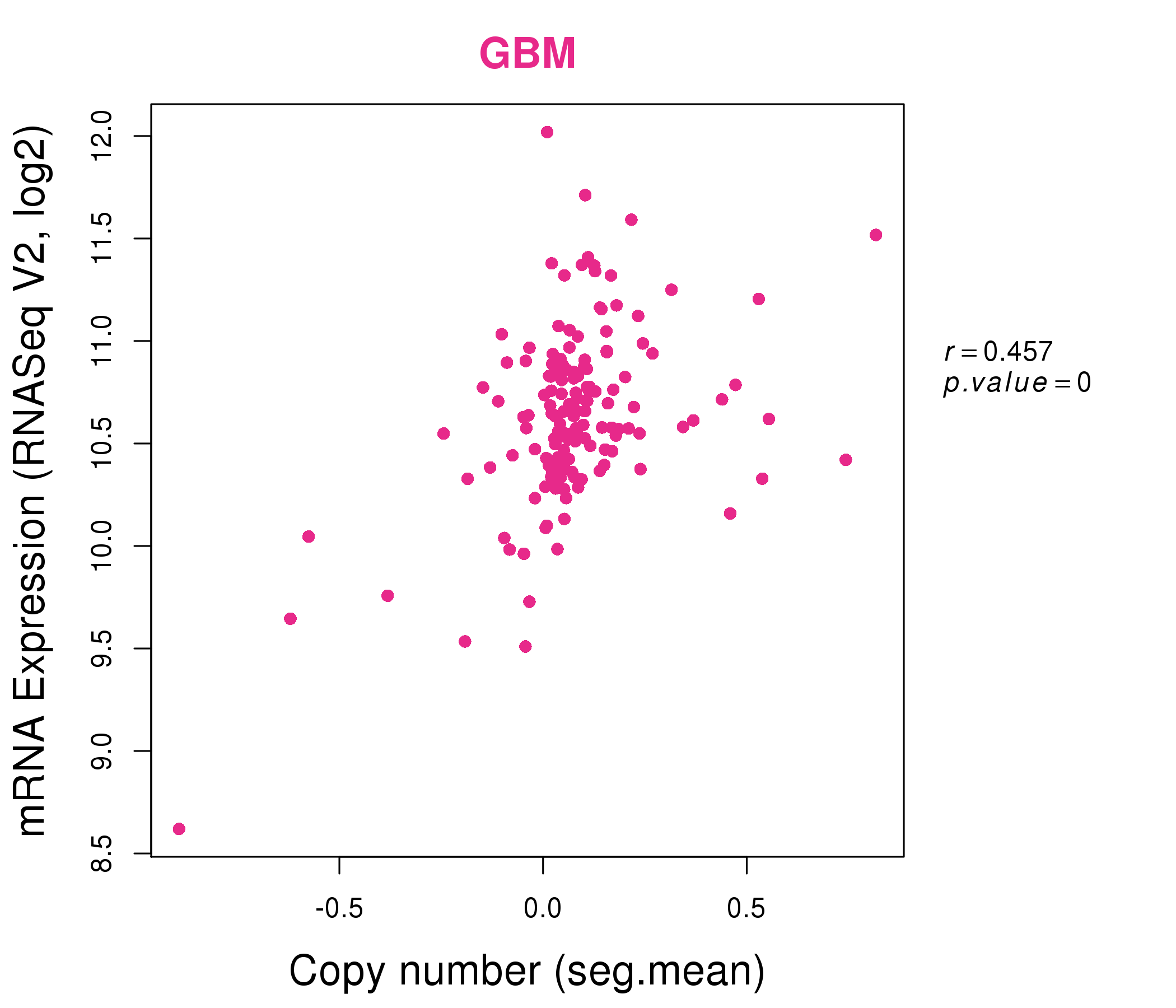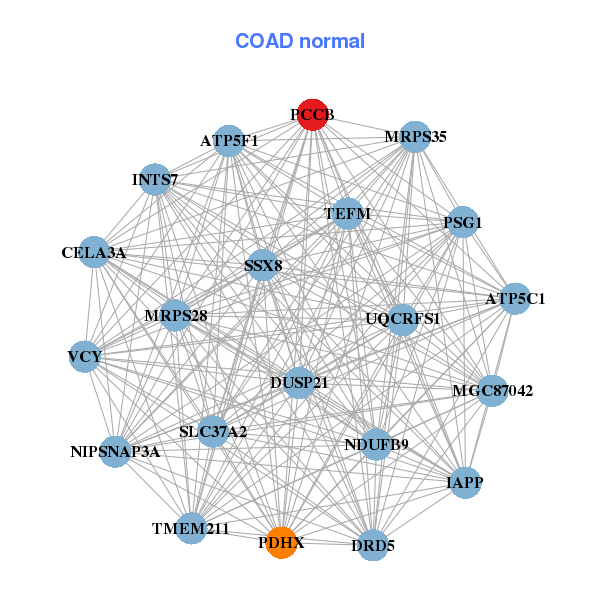|
|||||||||||||||||||||||||||||||||||||||||||||||||||||||||||||||||||||||||||||||||||||||||||||||||||||||||||||||||||||||||||||||||||||||||||||||||||||||||||||||||||||||||||||||||||||||||||||||||||||||||||||||||||||||||||||||||||||||||||||||||||||||||||||||||||||||||||||||||||||||||||||||||||||||||||||||||||||||||||||||||||||||||||||||||||
| |
| Phenotypic Information (metabolism pathway, cancer, disease, phenome) |
| |
| |
| Gene-Gene Network Information: Co-Expression Network, Interacting Genes & KEGG |
| |
|
| Gene Summary for PCCB |
| Basic gene info. | Gene symbol | PCCB |
| Gene name | propionyl CoA carboxylase, beta polypeptide | |
| Synonyms | - | |
| Cytomap | UCSC genome browser: 3q21-q22 | |
| Genomic location | chr3 :135969166-136049013 | |
| Type of gene | protein-coding | |
| RefGenes | NM_000532.4, NM_001178014.1, | |
| Ensembl id | ENSG00000114054 | |
| Description | PCCase subunit betapropanoyl-CoA:carbon dioxide ligase subunit betapropionyl Coenzyme A carboxylase, beta polypeptidepropionyl-CoA carboxylase beta chain, mitochondrial | |
| Modification date | 20141219 | |
| dbXrefs | MIM : 232050 | |
| HGNC : HGNC | ||
| Ensembl : ENSG00000114054 | ||
| HPRD : 01982 | ||
| Vega : OTTHUMG00000159792 | ||
| Protein | UniProt: go to UniProt's Cross Reference DB Table | |
| Expression | CleanEX: HS_PCCB | |
| BioGPS: 5096 | ||
| Gene Expression Atlas: ENSG00000114054 | ||
| The Human Protein Atlas: ENSG00000114054 | ||
| Pathway | NCI Pathway Interaction Database: PCCB | |
| KEGG: PCCB | ||
| REACTOME: PCCB | ||
| ConsensusPathDB | ||
| Pathway Commons: PCCB | ||
| Metabolism | MetaCyc: PCCB | |
| HUMANCyc: PCCB | ||
| Regulation | Ensembl's Regulation: ENSG00000114054 | |
| miRBase: chr3 :135,969,166-136,049,013 | ||
| TargetScan: NM_000532 | ||
| cisRED: ENSG00000114054 | ||
| Context | iHOP: PCCB | |
| cancer metabolism search in PubMed: PCCB | ||
| UCL Cancer Institute: PCCB | ||
| Assigned class in ccmGDB | C | |
| Top |
| Phenotypic Information for PCCB(metabolism pathway, cancer, disease, phenome) |
| Cancer | CGAP: PCCB |
| Familial Cancer Database: PCCB | |
| * This gene is included in those cancer gene databases. |
|
|
|
|
|
|
| |||||||||||||||||||||||||||||||||||||||||||||||||||||||||||||||||||||||||||||||||||||||||||||||||||||||||||||||||||||||||||||||||||||||||||||||||||||||||||||||||||||||||||||||||||||||||||||||||||||||||||||||||||||||||||||||||||||||||||||||||||||||||||||||||||||||||||||||||||||||||||||||||||||||||||||||||||||||||||||||||||||||||||||
Oncogene 1 | Significant driver gene in | ||||||||||||||||||||||||||||||||||||||||||||||||||||||||||||||||||||||||||||||||||||||||||||||||||||||||||||||||||||||||||||||||||||||||||||||||||||||||||||||||||||||||||||||||||||||||||||||||||||||||||||||||||||||||||||||||||||||||||||||||||||||||||||||||||||||||||||||||||||||||||||||||||||||||||||||||||||||||||||||||||||||||||||||||||
| cf) number; DB name 1 Oncogene; http://nar.oxfordjournals.org/content/35/suppl_1/D721.long, 2 Tumor Suppressor gene; https://bioinfo.uth.edu/TSGene/, 3 Cancer Gene Census; http://www.nature.com/nrc/journal/v4/n3/abs/nrc1299.html, 4 CancerGenes; http://nar.oxfordjournals.org/content/35/suppl_1/D721.long, 5 Network of Cancer Gene; http://ncg.kcl.ac.uk/index.php, 1Therapeutic Vulnerabilities in Cancer; http://cbio.mskcc.org/cancergenomics/statius/ |
| KEGG_PROPANOATE_METABOLISM REACTOME_METABOLISM_OF_LIPIDS_AND_LIPOPROTEINS | |
| OMIM | |
| Orphanet | |
| Disease | KEGG Disease: PCCB |
| MedGen: PCCB (Human Medical Genetics with Condition) | |
| ClinVar: PCCB | |
| Phenotype | MGI: PCCB (International Mouse Phenotyping Consortium) |
| PhenomicDB: PCCB | |
| Mutations for PCCB |
| * Under tables are showing count per each tissue to give us broad intuition about tissue specific mutation patterns.You can go to the detailed page for each mutation database's web site. |
| There's no structural variation information in COSMIC data for this gene. |
| * From mRNA Sanger sequences, Chitars2.0 arranged chimeric transcripts. This table shows PCCB related fusion information. |
| ID | Head Gene | Tail Gene | Accession | Gene_a | qStart_a | qEnd_a | Chromosome_a | tStart_a | tEnd_a | Gene_a | qStart_a | qEnd_a | Chromosome_a | tStart_a | tEnd_a |
| BM873521 | PCCB | 1 | 116 | 3 | 136051715 | 136051830 | PCCB | 117 | 214 | 3 | 136051900 | 136051997 | |
| BM874469 | PCCB | 1 | 115 | 3 | 136051715 | 136051829 | PCCB | 116 | 213 | 3 | 136051900 | 136051997 | |
| AU126976 | RPL34 | 1 | 166 | 4 | 109541733 | 109543328 | PCCB | 166 | 570 | 3 | 135969191 | 135975471 | |
| Top |
| Mutation type/ Tissue ID | brca | cns | cerv | endome | haematopo | kidn | Lintest | liver | lung | ns | ovary | pancre | prost | skin | stoma | thyro | urina | |||
| Total # sample | 1 | |||||||||||||||||||
| GAIN (# sample) | 1 | |||||||||||||||||||
| LOSS (# sample) |
| cf) Tissue ID; Tissue type (1; Breast, 2; Central_nervous_system, 3; Cervix, 4; Endometrium, 5; Haematopoietic_and_lymphoid_tissue, 6; Kidney, 7; Large_intestine, 8; Liver, 9; Lung, 10; NS, 11; Ovary, 12; Pancreas, 13; Prostate, 14; Skin, 15; Stomach, 16; Thyroid, 17; Urinary_tract) |
| Top |
|
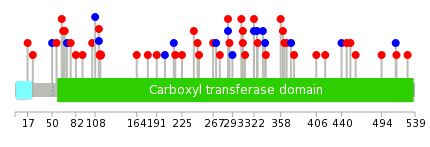 |
| Top |
| Stat. for Non-Synonymous SNVs (# total SNVs=39) | (# total SNVs=10) |
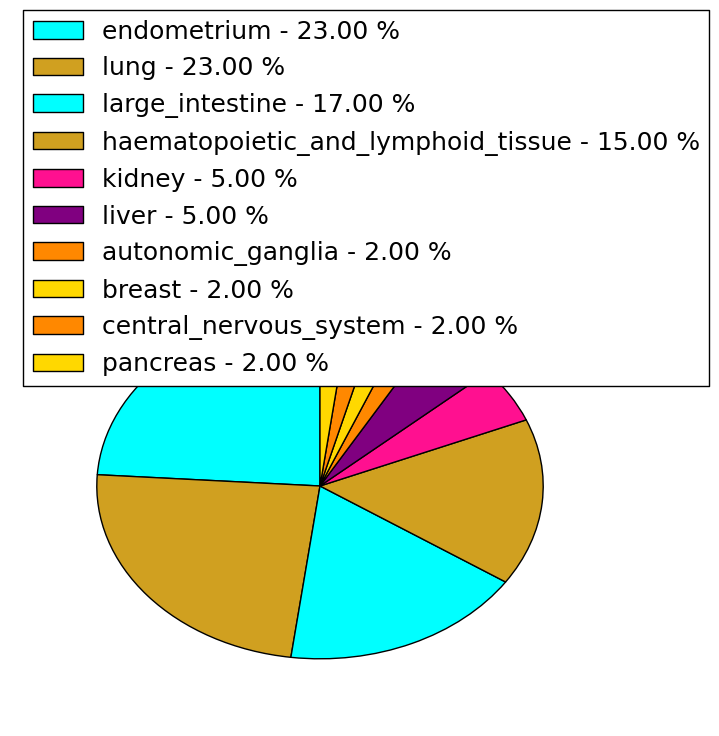 | 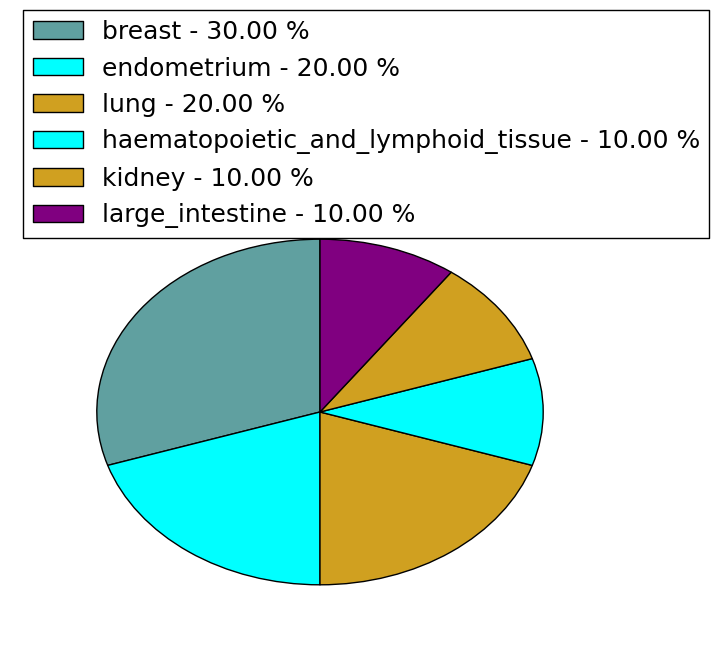 |
(# total SNVs=2) | (# total SNVs=1) |
 |  |
| Top |
| * When you move the cursor on each content, you can see more deailed mutation information on the Tooltip. Those are primary_site,primary_histology,mutation(aa),pubmedID. |
| GRCh37 position | Mutation(aa) | Unique sampleID count |
| chr3:136048788-136048788 | p.R514* | 3 |
| chr3:135975437-135975437 | p.N115S | 2 |
| chr3:136048867-136048867 | p.*540S | 1 |
| chr3:135974701-135974701 | p.K63E | 1 |
| chr3:136016895-136016895 | p.R289S | 1 |
| chr3:135975432-135975432 | p.R113R | 1 |
| chr3:136035827-136035827 | p.A337A | 1 |
| chr3:136046496-136046496 | p.D440D | 1 |
| chr3:136012664-136012664 | p.Q241* | 1 |
| chr3:135974708-135974708 | p.T65K | 1 |
| Top |
|
 |
| Point Mutation/ Tissue ID | 1 | 2 | 3 | 4 | 5 | 6 | 7 | 8 | 9 | 10 | 11 | 12 | 13 | 14 | 15 | 16 | 17 | 18 | 19 | 20 |
| # sample | 1 | 2 | 4 | 1 | 3 | 5 | 5 | 6 | 4 | 3 | 9 | |||||||||
| # mutation | 1 | 2 | 4 | 1 | 3 | 5 | 5 | 6 | 4 | 4 | 10 | |||||||||
| nonsynonymous SNV | 1 | 4 | 1 | 1 | 4 | 3 | 6 | 2 | 3 | 8 | ||||||||||
| synonymous SNV | 1 | 1 | 2 | 1 | 2 | 2 | 1 | 2 |
| cf) Tissue ID; Tissue type (1; BLCA[Bladder Urothelial Carcinoma], 2; BRCA[Breast invasive carcinoma], 3; CESC[Cervical squamous cell carcinoma and endocervical adenocarcinoma], 4; COAD[Colon adenocarcinoma], 5; GBM[Glioblastoma multiforme], 6; Glioma Low Grade, 7; HNSC[Head and Neck squamous cell carcinoma], 8; KICH[Kidney Chromophobe], 9; KIRC[Kidney renal clear cell carcinoma], 10; KIRP[Kidney renal papillary cell carcinoma], 11; LAML[Acute Myeloid Leukemia], 12; LUAD[Lung adenocarcinoma], 13; LUSC[Lung squamous cell carcinoma], 14; OV[Ovarian serous cystadenocarcinoma ], 15; PAAD[Pancreatic adenocarcinoma], 16; PRAD[Prostate adenocarcinoma], 17; SKCM[Skin Cutaneous Melanoma], 18:STAD[Stomach adenocarcinoma], 19:THCA[Thyroid carcinoma], 20:UCEC[Uterine Corpus Endometrial Carcinoma]) |
| Top |
| * We represented just top 10 SNVs. When you move the cursor on each content, you can see more deailed mutation information on the Tooltip. Those are primary_site, primary_histology, mutation(aa), pubmedID. |
| Genomic Position | Mutation(aa) | Unique sampleID count |
| chr3:136019916 | p.S310L,PCCB | 2 |
| chr3:136002707 | p.P191H,PCCB | 2 |
| chr3:135974715 | p.R67S,PCCB | 1 |
| chr3:136046479 | p.I305V,PCCB | 1 |
| chr3:136012687 | p.Y435H,PCCB | 1 |
| chr3:136035827 | p.I70I,PCCB | 1 |
| chr3:135974724 | p.P307T,PCCB | 1 |
| chr3:136046531 | p.N452S,PCCB | 1 |
| chr3:136016830 | p.A91T,PCCB | 1 |
| chr3:136035861 | p.E459D,PCCB | 1 |
| * Copy number data were extracted from TCGA using R package TCGA-Assembler. The URLs of all public data files on TCGA DCC data server were gathered on Jan-05-2015. Function ProcessCNAData in TCGA-Assembler package was used to obtain gene-level copy number value which is calculated as the average copy number of the genomic region of a gene. |
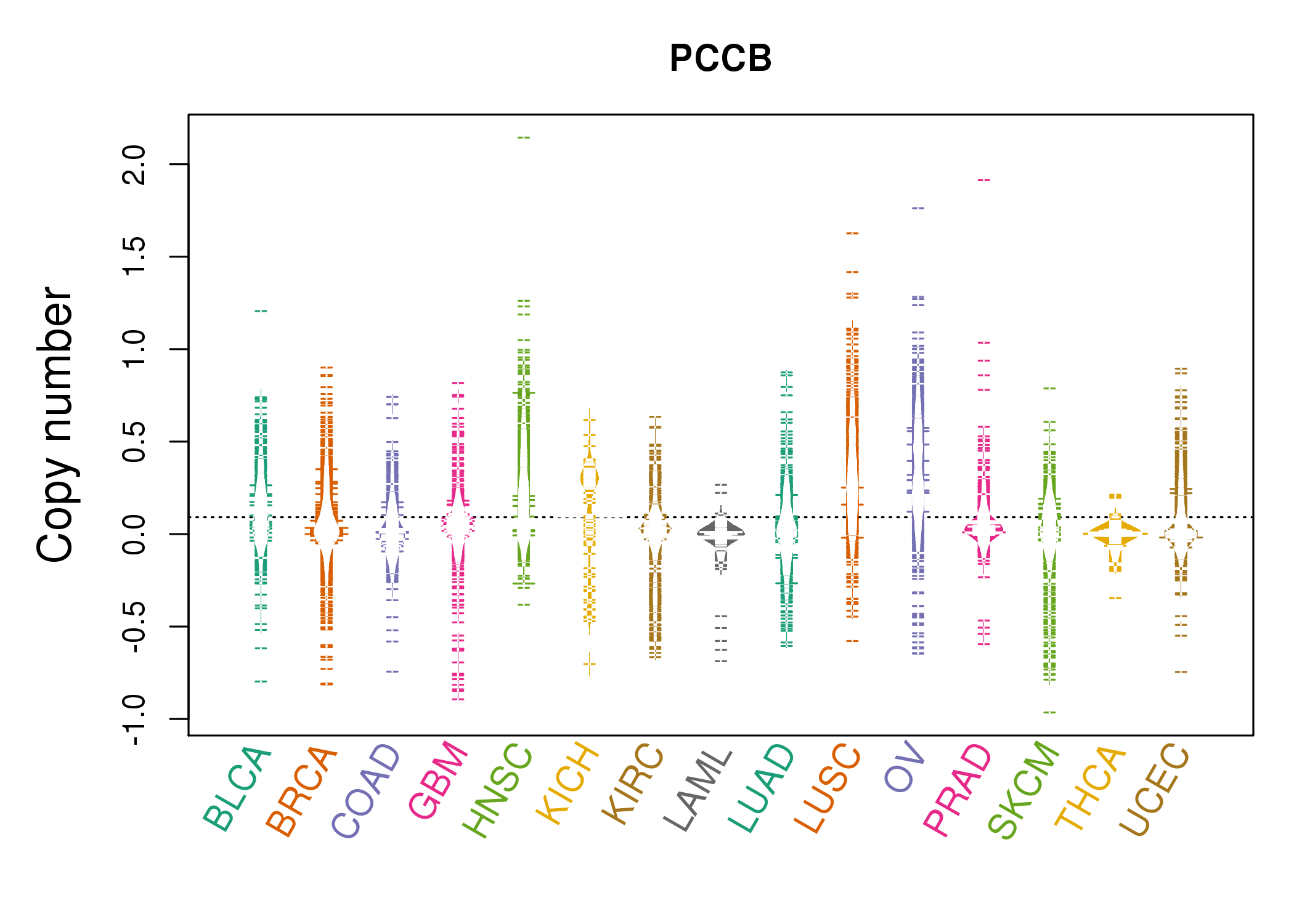 |
| cf) Tissue ID[Tissue type]: BLCA[Bladder Urothelial Carcinoma], BRCA[Breast invasive carcinoma], CESC[Cervical squamous cell carcinoma and endocervical adenocarcinoma], COAD[Colon adenocarcinoma], GBM[Glioblastoma multiforme], Glioma Low Grade, HNSC[Head and Neck squamous cell carcinoma], KICH[Kidney Chromophobe], KIRC[Kidney renal clear cell carcinoma], KIRP[Kidney renal papillary cell carcinoma], LAML[Acute Myeloid Leukemia], LUAD[Lung adenocarcinoma], LUSC[Lung squamous cell carcinoma], OV[Ovarian serous cystadenocarcinoma ], PAAD[Pancreatic adenocarcinoma], PRAD[Prostate adenocarcinoma], SKCM[Skin Cutaneous Melanoma], STAD[Stomach adenocarcinoma], THCA[Thyroid carcinoma], UCEC[Uterine Corpus Endometrial Carcinoma] |
| Top |
| Gene Expression for PCCB |
| * CCLE gene expression data were extracted from CCLE_Expression_Entrez_2012-10-18.res: Gene-centric RMA-normalized mRNA expression data. |
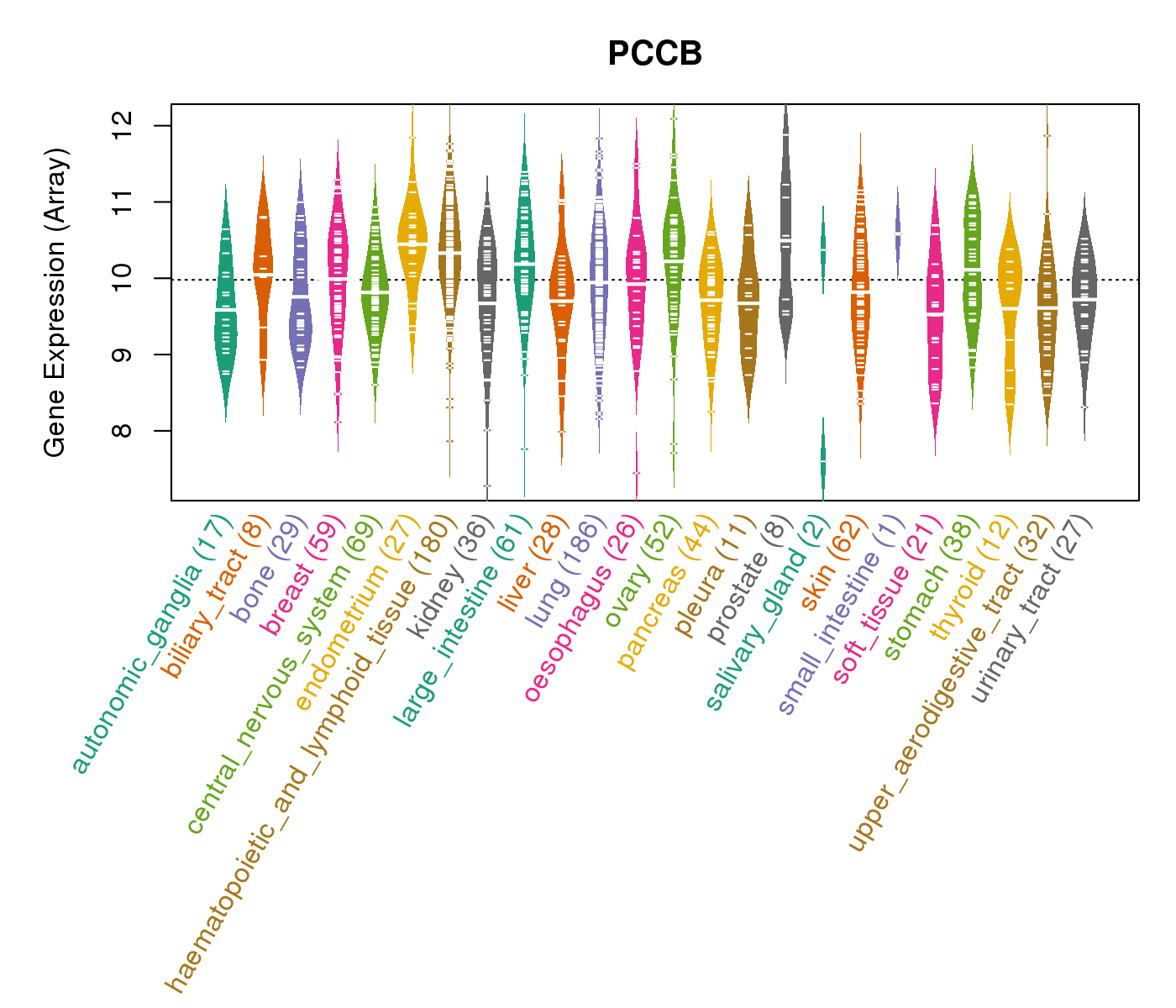 |
| * Normalized gene expression data of RNASeqV2 was extracted from TCGA using R package TCGA-Assembler. The URLs of all public data files on TCGA DCC data server were gathered at Jan-05-2015. Only eight cancer types have enough normal control samples for differential expression analysis. (t test, adjusted p<0.05 (using Benjamini-Hochberg FDR)) |
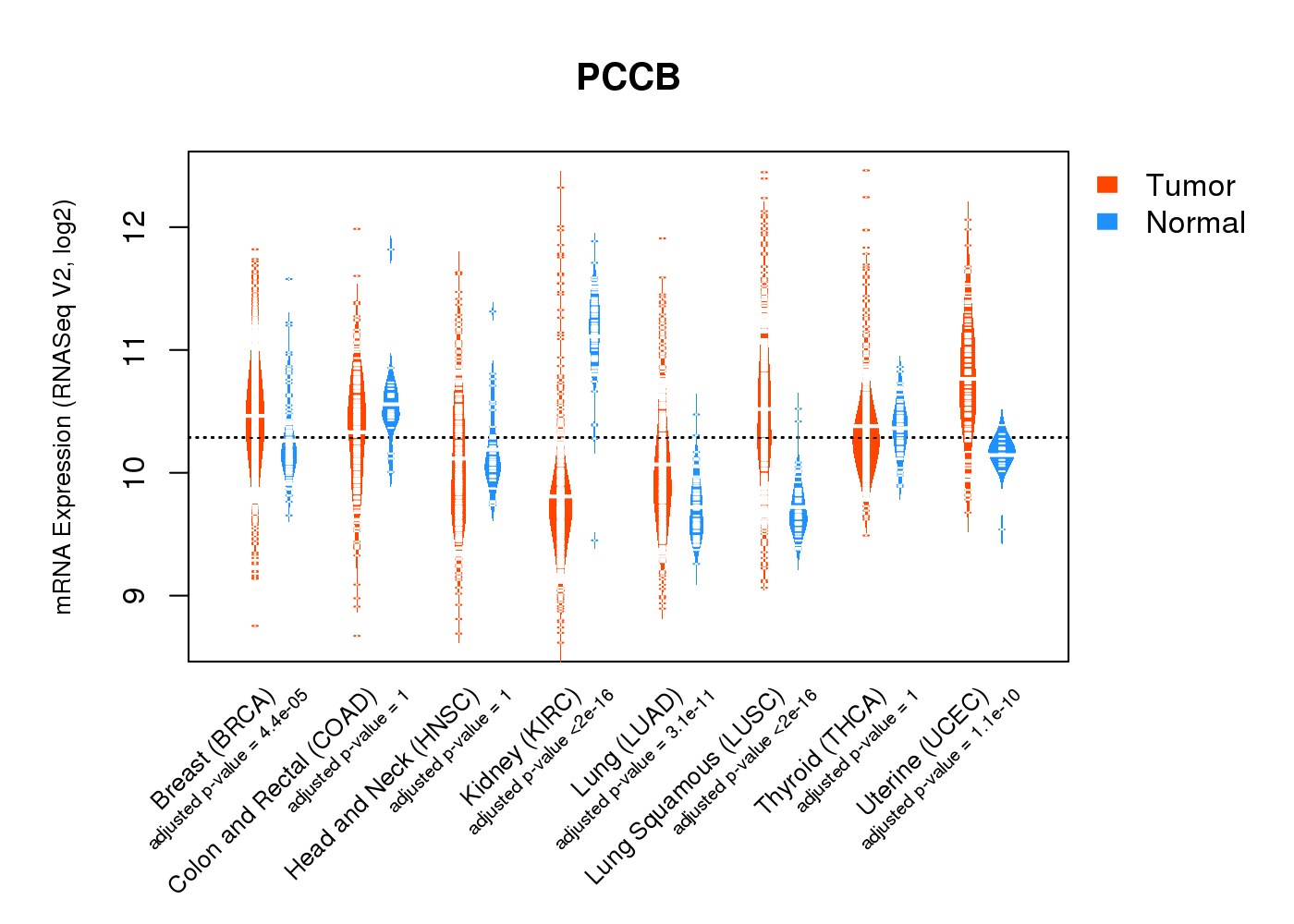 |
| Top |
| * This plots show the correlation between CNV and gene expression. |
: Open all plots for all cancer types
 |
|
 |
|
| Top |
| Gene-Gene Network Information |
| * Co-Expression network figures were drawn using R package igraph. Only the top 20 genes with the highest correlations were shown. Red circle: input gene, orange circle: cell metabolism gene, sky circle: other gene |
: Open all plots for all cancer types
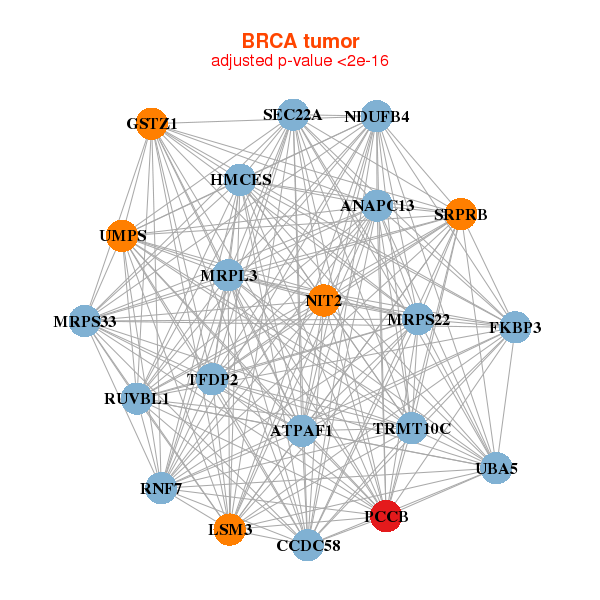 |
| ||||
| ANAPC13,ATPAF1,HMCES,CCDC58,FKBP3,GSTZ1,LSM3, MRPL3,MRPS22,MRPS33,NDUFB4,NIT2,PCCB,TRMT10C, RNF7,RUVBL1,SEC22A,SRPRB,TFDP2,UBA5,UMPS | ACADM,AIFM1,ATP5G3,ATPAF1,CS,DLD,ETFA, ETFDH,FH,GHITM,HIBADH,LDHD,MRPS15,PCCB, PDHA1,PDHB,ECI2,SDHC,SLC25A23,SLC2A4,SUCLG2 | ||||
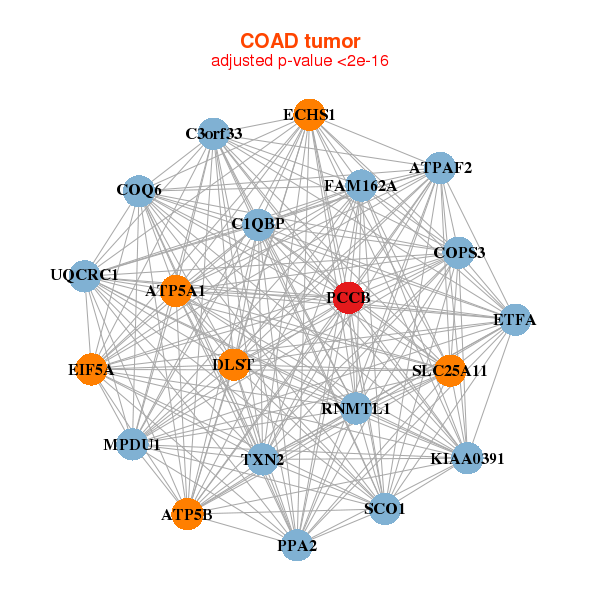 |
| ||||
| ATP5A1,ATP5B,ATPAF2,C1QBP,C3orf33,COPS3,COQ6, DLST,ECHS1,EIF5A,ETFA,FAM162A,KIAA0391,MPDU1, PCCB,PPA2,RNMTL1,SCO1,SLC25A11,TXN2,UQCRC1 | ATP5C1,ATP5F1,TEFM,CELA3A,DRD5,DUSP21,IAPP, INTS7,MGC87042,MRPS28,MRPS35,NDUFB9,NIPSNAP3A,PCCB, PDHX,PSG1,SLC37A2,SSX8,TMEM211,UQCRFS1,VCY |
| * Co-Expression network figures were drawn using R package igraph. Only the top 20 genes with the highest correlations were shown. Red circle: input gene, orange circle: cell metabolism gene, sky circle: other gene |
: Open all plots for all cancer types
| Top |
: Open all interacting genes' information including KEGG pathway for all interacting genes from DAVID
| Top |
| Pharmacological Information for PCCB |
| DB Category | DB Name | DB's ID and Url link |
| * Gene Centered Interaction Network. |
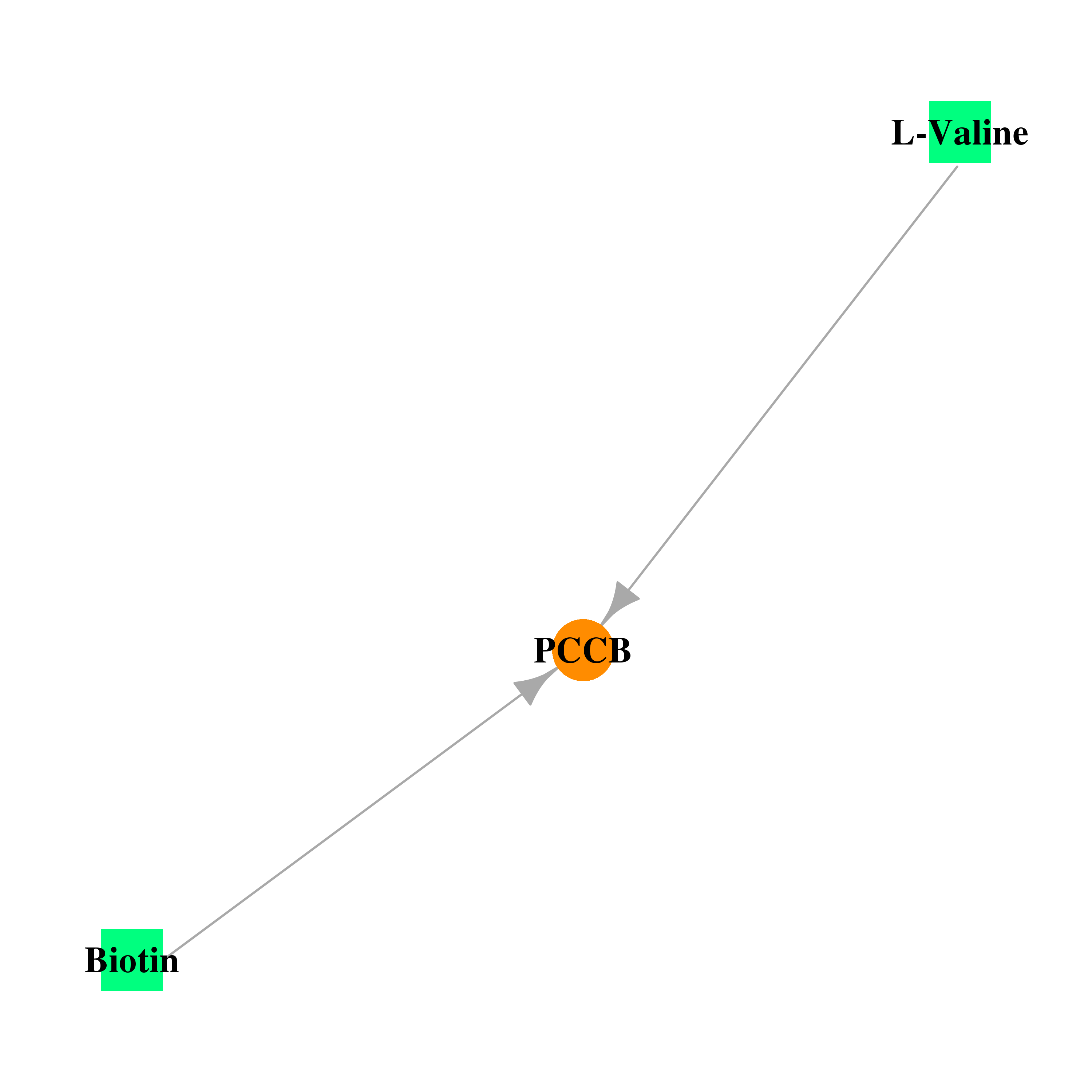 |
| * Drug Centered Interaction Network. |
| DrugBank ID | Target Name | Drug Groups | Generic Name | Drug Centered Network | Drug Structure |
| DB00121 | propionyl CoA carboxylase, beta polypeptide | approved; nutraceutical | Biotin |  | 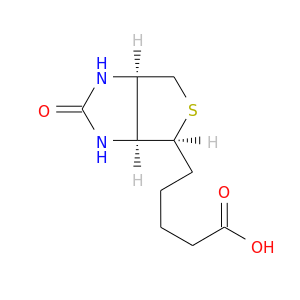 |
| DB00161 | propionyl CoA carboxylase, beta polypeptide | approved; nutraceutical | L-Valine | 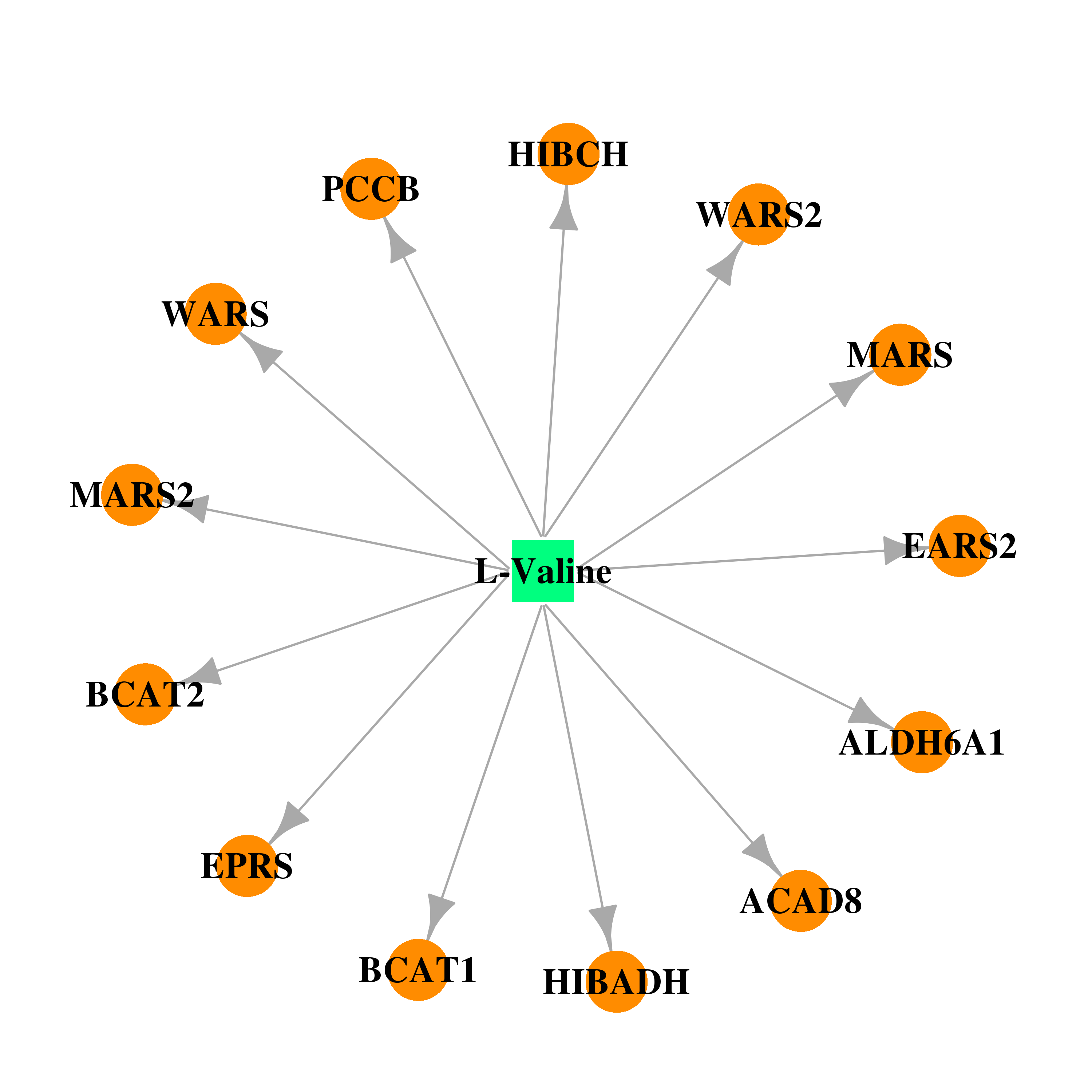 |  |
| Top |
| Cross referenced IDs for PCCB |
| * We obtained these cross-references from Uniprot database. It covers 150 different DBs, 18 categories. http://www.uniprot.org/help/cross_references_section |
: Open all cross reference information
|
Copyright © 2016-Present - The Univsersity of Texas Health Science Center at Houston @ |






